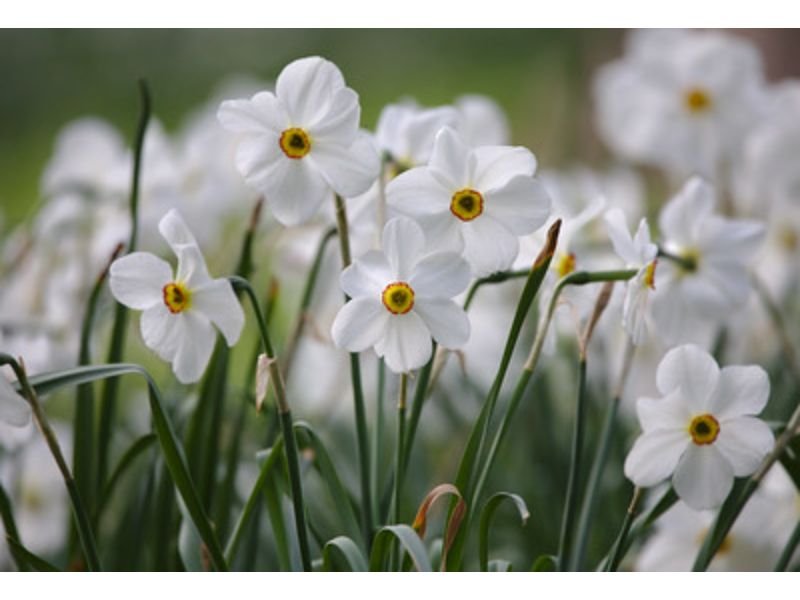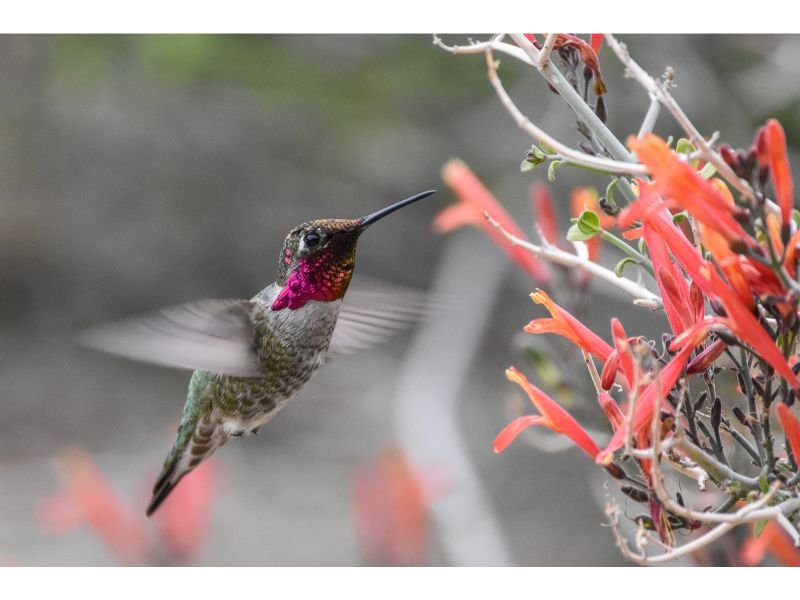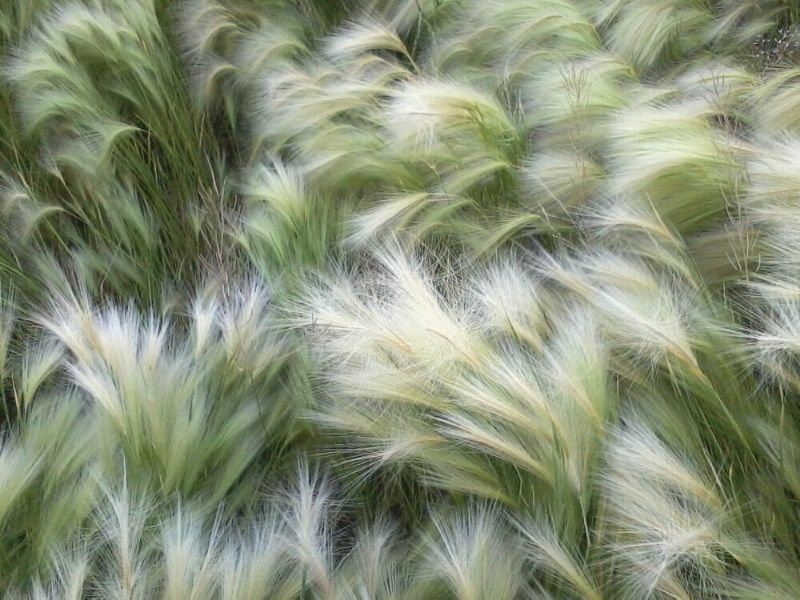Last updated on December 23rd, 2022 at 06:08 am
When we talk about the benefits of purple flowers, most people would think of them simply as an ornamental plant or just as an addition to your vase and bouquet. Turns out, purple flowers are not just beautiful but purple flower you can eat as well!
Whether you’re looking for something for your cup of tea or something to garnish your cupcakes, purple flowers could be a fabulous object on your plate. In this article, we’ll let you know some purple flowers you can eat, but before that, let’s take a look at their history.
Table of Contents
The use and a brief history of purple flowers you can eat.
The history of edible purple flowers can be traced back to the oldest era of human civilizations. For instance, it’s believed that Ancient Romans, Ancient Egyptians, Incas, the Greeks, as well as Chinese herbalists, used flowers not only as a source of food, but also to treat illnesses. Our ancestors also used purple flowers for religious practices. However, when and what exactly was the first flower that was used by humans for consumption is rather not easy to find.
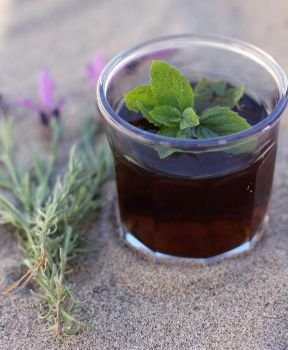
In today’s era, the use of purple flowers for consumption is just getting more and more popular. Purple edible flowers have been widely used by world-class and home chefs as a garnish for foods like cookies, cakes, and cupcakes. Meanwhile, for some people, adding some purple flowers to their bowl of salad could be very tempting. Several purple flowers also can be brewed to make a good cup of tea.
Take note to always be aware before consuming any flowers. Take precautions on which purple flower species you are picking and remember that in most cases, not every part of a purple flower you can eat.
List of purple flowers that you can eat.
From the famous lavender to the uncommon blooming sally, here are some little purple flowers you can eat. Aside from consumption, they create a spectacular look for your garden too!
Climbing Aster

Scientific name: Ampelaster carolinianus
Climbing aster is the first purple flower you can eat. They belong to the Asteraceae family, just like the famous chamomile that is mostly used as a tea to reduce stress and inflammation. Same like its cousin, this perennial plant is also edible. They produce blooms with purple or lavender petals and dark green-yellow centers.
Hollyhocks
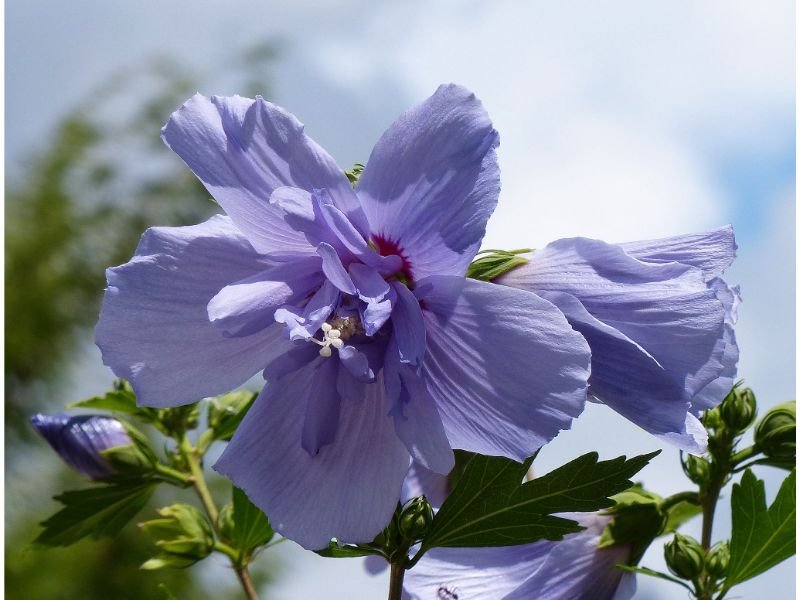
Scientific name: Alcea rosea
These purple flowers that you can eat are not only edible but also blessed with a pleasing appearance. Hollyhocks are biennial or perennial flowering plants from the Malvaceae family. They love growing under full sun and produce blooms ranging in color from purple to pink with a bright yellow center and pistil.
Chives or Flowering Onion
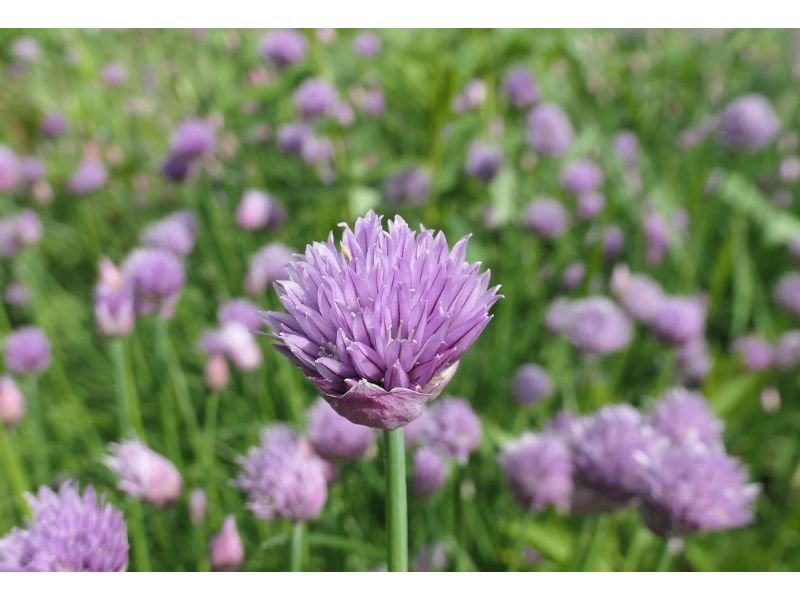
Scientific name: Allium schoenoprasum
The following purple flower you can eat is a variegated ornamental species of the common red onion. In the world of culinary, chives are widely known to be used as a garnish for dishes like soups and salads. They are low-maintenance plants and can be grown in small areas like containers as well.
Canterbury Bells

Scientific name: Campanula medium
As the name states, Canterbury bells’ blooms are shaped like doorbells with colors of purple, pink, blue, or white. A Southern European native, this purple flower you can eat is also good to attract pollinators like bees and butterflies. They thrive well whether under direct full sun, dappled sunlight, or partial shade.
Autumn Crocus or Saffron

Scientific name: Crocus sativus
The Autumn crocus is a part of the Iridaceae or iris family. This low-maintenance flowering plant has been used by humans as part of traditional medicine as well as to add flavor to dishes. They are perennial and should be grown in areas with direct full sun.
Clove Gillyflower
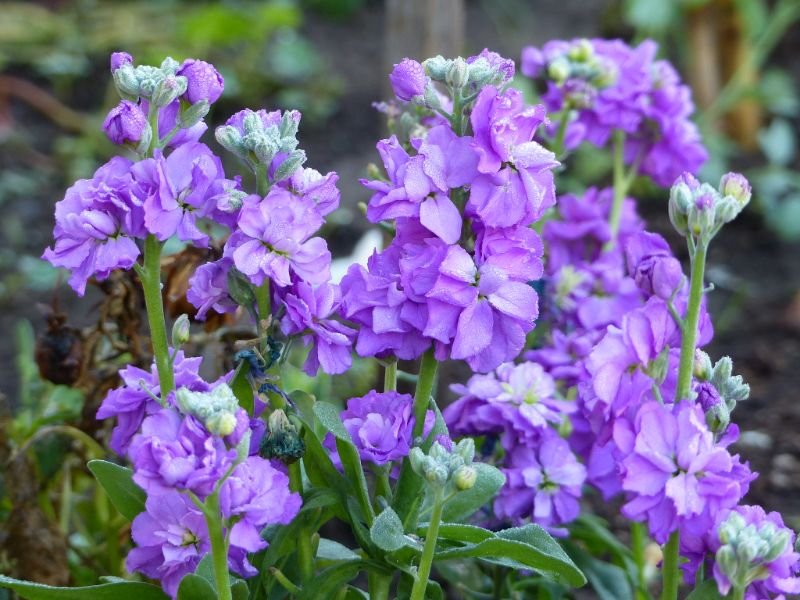
Scientific name: Dianthus caryophyllus
Clove gillyflower is another purple flower you can eat or grow for its beauty. This plant can be grown both as an annual or perennial, depending on what your hardiness zone is. They produce attractive blooms that are not only limited to purple. In the past, clove gillyflower was used as a medicine to treat fevers.
Blooming Sally
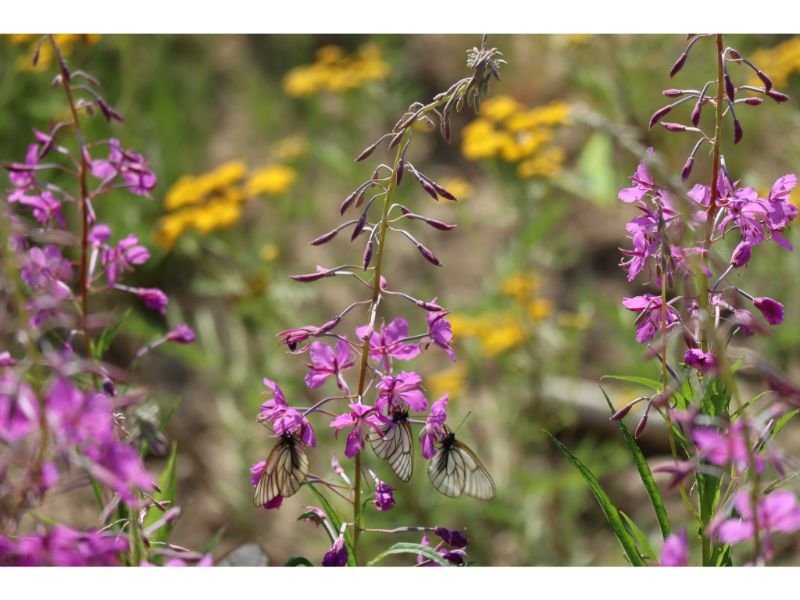
Scientific name: Epilobium angustifolium
If you are looking for a purple flower that you can eat every part of it, blooming sally is your answer. Blooming Sally produces a group of tiny, orchid-like blooms in a single, red stalk with narrow foliage. This perennial plant is easy to grow and requires full sun with high organic matter soil.
Walker’s Low Catmint
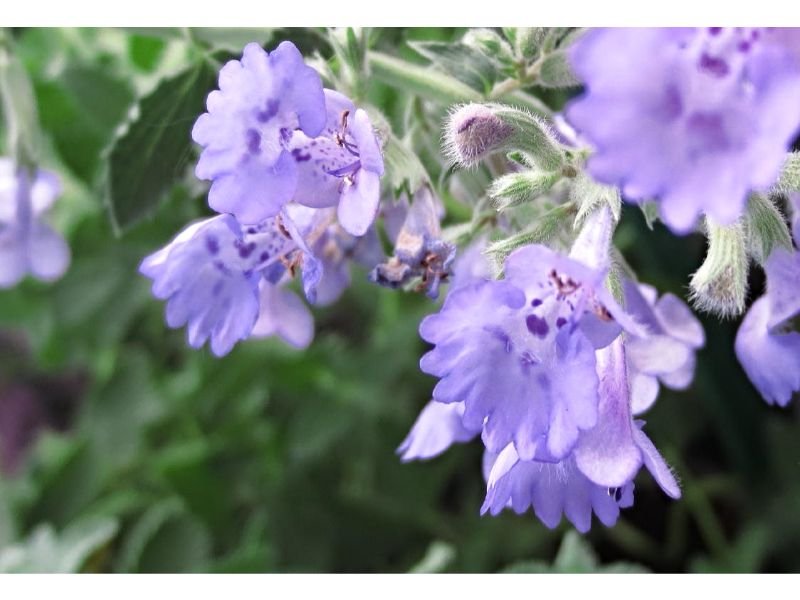
Scientific name: Nepeta x faassenii
Walker’s low catmint is a variegated species of the common catmint. This purple flower you can eat belongs to the Lamiaceae or mint family and has fragrant foliage that you can use as a tea. They are fast-growers and don’t need much maintenance.
Beach Rose or Beach Tomato

Scientific name: Rosa rugosa
You might be wondering, why this plant named beach tomato made it to the list of purple flowers that you can eat. Well, beach rose is not part nor related to the tomato family. In fact, they are part of the Rosaceae or rose family that produces tiny purple blooms with bright red, shiny, tomato-like fruits. Most animals are attracted to their fruits as well!
Crane’s Bill Geranium

Scientific name: Geranium maculatum
This annual and perennial purple flower you can eat natural habitat spread from Canada to Eastern and Central America. The Native Americans used this flower to treat illnesses like diarrhea. At only 30 to 60 centimeters tall, crane’s bill geranium has a shallow root system.
Sweet Violet
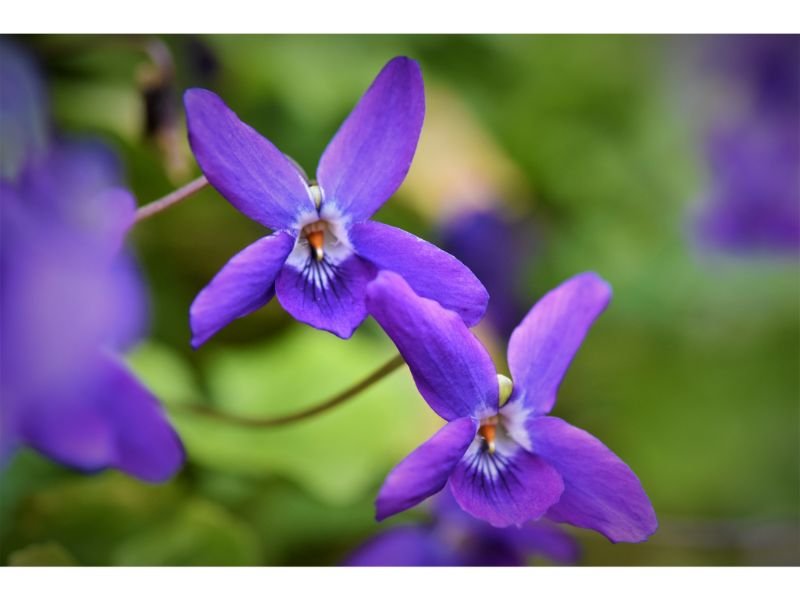
Scientific name: Viola odorata
Equally to their name, sweet violet is a purple flower you can eat that has a sweet flavor with a fragrance smell. A native to Europe, both flowers and foliage parts of sweet violet are safe to consume. They attract pollinators so if you’re looking to build a pollinator-themed garden, you can pick this plant.
Lavender
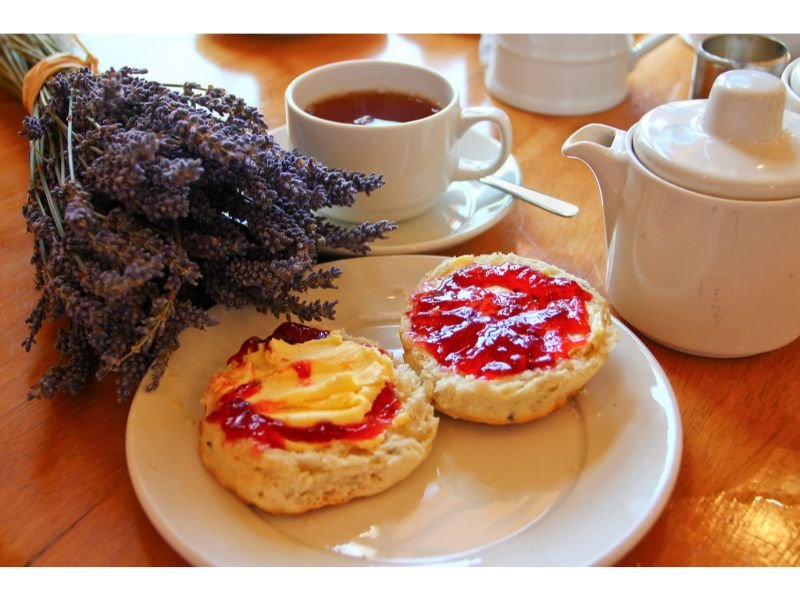
Scientific name: Lavandula
Lavender might be the most popular purple flower you can eat. This perennial shrub has blessed us with many advantages–from being a beautiful flowering plant to being part of our foods and teas. However, they are not that easy to maintain and are prone to root rot if the soil contains excess water.
English Lilac or French Lilac
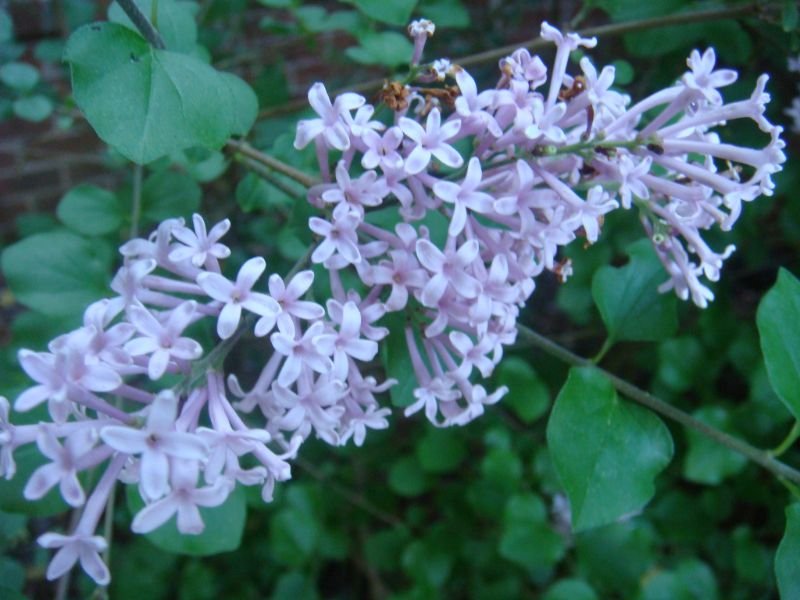
Scientific name: Syringa vulgaris
Last but not least, the purple flower you can eat is English lilac or French lilac. This highly fragrant, perennial, and low-maintenance flower originated from the Balkan Peninsula. They are widely cultivated with more than 25 cultivars ranging in color and size. A little fun fact, purple lilacs represent the symbol of spirituality.
Wrap-up.
To conclude, you can do many things with the purple flower you can eat. From decoration to your cakes to additional rich-nutrient food sources to your salad bowl, our ancestors also used the magic of flowers to cure illnesses and as a spiritual symbolism. Nevertheless, it’s best to search for more information regarding these flowers and not directly eat them without any precautions.

New author in the hood. Loves gardening and flowers are my spirit animals (yes I know they are not animals but I insist). I will be covering most of the flowers’ topics here and occasionally random though as well.

